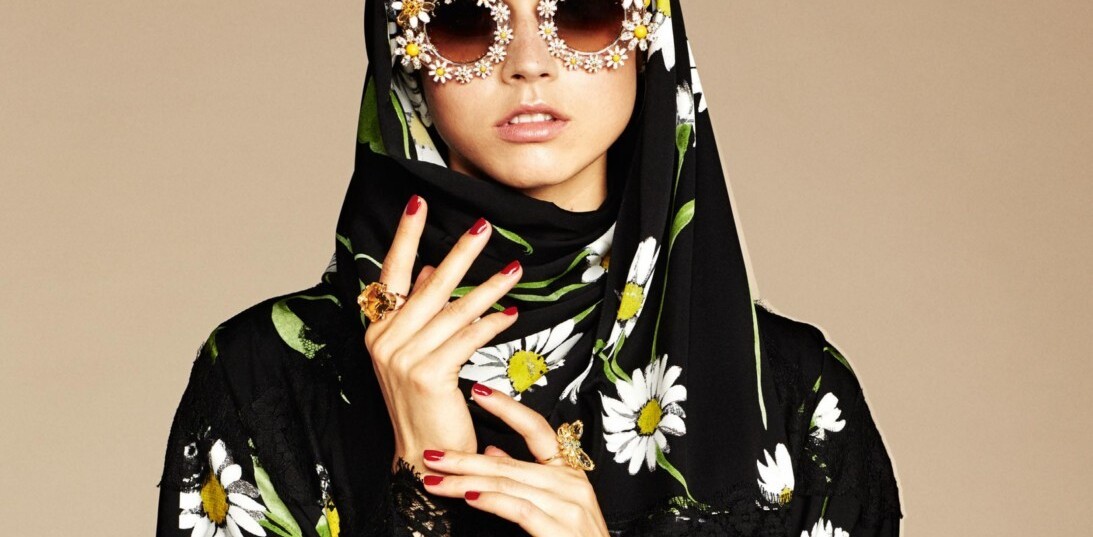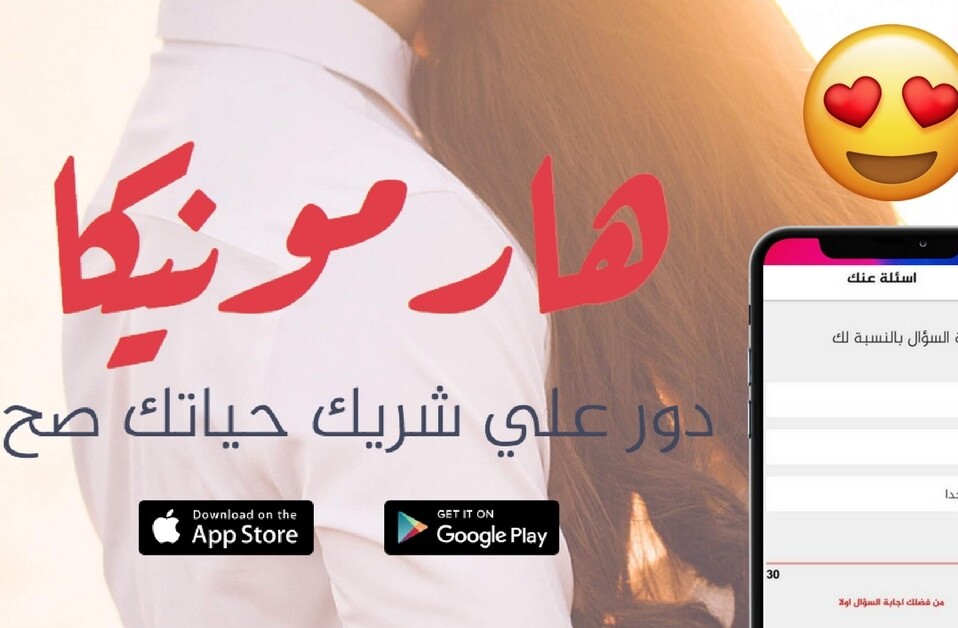
 In my other life as an online marketeer, I had a request from my client not too long ago. ‘Can you do Chinese?’ she asked. She was referring to creating a website in Chinese. She assumed that, because we produce a website in Arabic. Why would Chinese be any different?
In my other life as an online marketeer, I had a request from my client not too long ago. ‘Can you do Chinese?’ she asked. She was referring to creating a website in Chinese. She assumed that, because we produce a website in Arabic. Why would Chinese be any different?
As silly as the assumption sounded—that a digital team in Dubai, practiced and fluent in Arabic should be able to easily transition to Chinese—the sad truth is her reasoning wasn’t far off the mark.
Chinese and Arabic have a number of similarities. They are read and written from right-to-left, they are emerging online languages and, well, they are not Latin. Unfortunately, the development of Arabic script just hasn’t seen the same level of investment and sophistication. I have to wonder why is it so much easier to work in the digital environment with over 40,000 Chinese characters, and yet such an unmitigated pain to make our 29 letters look half-decent online, on a phone or even on tv?
Is it because there aren’t a billion of us, and therefore there just isn’t the motivation? Is it another conspiracy against the Arab world? Or is it because our script is so fluid and complex that we can’t seem to tell the Western world—the cradle of digital type—what we want to see and use?
With 29 Arabic letters, all subject to what we call ‘contextual shaping’—they change their shape depending on their location within the word—the creation, manipulation and placement of the characters online is a never-ending nightmare.
Unfortunately, there is still no software capable of seamlessly working with Arabic unless it’s a Microsoft application—Arabic looks broken and jumbled everywhere else. Thank you Microsoft for all the work you’ve been putting into Arabic typography. But no thanks, we’ve all had enough of Arabic Transparent, the default font for Arabic across the greater half of the web, almost every TV news ticker, and even in my refrigerator’s instruction manual. It’s simply ugly. Again, thanks to Microsoft for the technologies they’ve created to help support the creation of complex Arabic scripts, but again, no thanks… rocket science might be easier to learn.
We can’t find a decent Arabic font to save our lives and when we do, we can’t use it online because it’s not blessed by Microsoft. Even worse, when it is Gates (or Ballmer) blessed, the Mac doesn’t even recognise it. I don’t want to go into the technical details because, as a geek, this rant may go on forever. I can say however, that this is the story of my life — and that of every poor soul who took the plunge into the Arab world’s digital domain.
Some may argue that we’re limited on web fonts in general, even amongst the Latin category. That may be true, but Latin can boast at least nine typefaces including sans-serif, serif, decorative, and calligraphic. Latin users even have the forbidden Comic Sans to choose from. Arabic, on the other hand, has the option of two: the infamous Arabic Transparent and, more recently, Tahoma Arabic. The latter does deserve a mention, as it is currently the only Arabic font that is optimized for the screen and looks good in a smaller size.
But before we celebrate, let’s recognize that this triumph might become our downfall. As it spreads across the web, we may become imprisoned in a Tahoma Arabic online world of our own design.
We are currently facing a three-fold problem. Not only is it a challenge simply to create a font that is both pleasing to the eye as well as practical, we continue to use the same software and font en masse knowing it is the only option, choosing the status quo. If you will allow me a touch of sarcasm, welcome to the aesthetically interesting world of Arabic script on the Internet where everything looks the same—corporate or informal, consumer or blog. Our one size fits all.
And what’s the third part of the problem I hear you ask? Many of us don’t like change. We don’t push the boundaries, making demands of font designers to serve us better. We want to use the same Arabic font that Rotana is using on their tv ticker. Google uses it. cnn uses it. It must be good. Well, I’m afraid to say, and I hope I’m not alone, it’s not.
All the above being said, and credit where credit is due, the Arab world is creating Arabic fonts more than ever before. Quality fonts or not, they are the growing light at the end of the tunnel. Adobe keeps promising that they will support Arabic in the next edition—hopefully in our lifetime. And finally, briefly in Microsoft’s defense, it did commission new Arabic fonts for its Windows Vista, a platform that no one actually uses.
But in the end, it’s not good enough. Not yet. The delays need to stop. It’s about time we get access to software that supports Arabic the way it supports Latin and Chinese. It’s also about time we stop ignoring the elephant in the room called ‘Arabic Transparent’ and start doing justice to what we consider an integral part of the Arabic identity; its script. It’s about time we welcome change and consider alternatives for the sake of legibility and practicality.
And finally, it’s about time Microsoft and Apple talk to each other and start including a stylish common collection of Arabic fonts today so that, maybe in five years, we will have an appealing, representative Arabic cyberspace of which the general public and my fellow designers can be proud.
And yes, we did end up doing that Chinese website.
Get the TNW newsletter
Get the most important tech news in your inbox each week.




